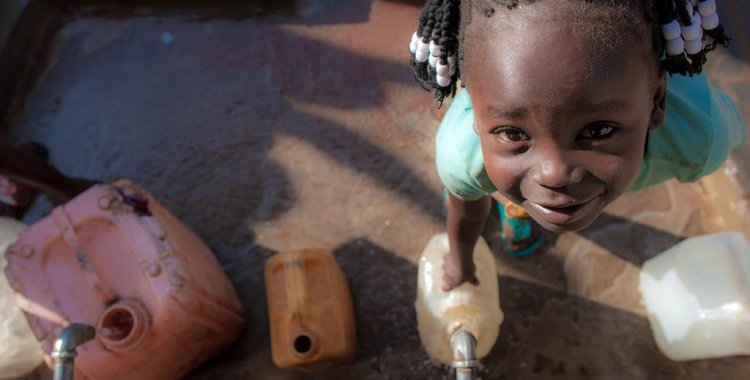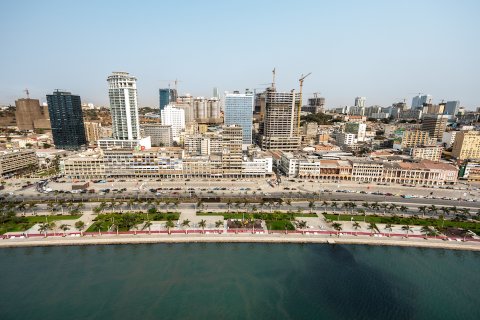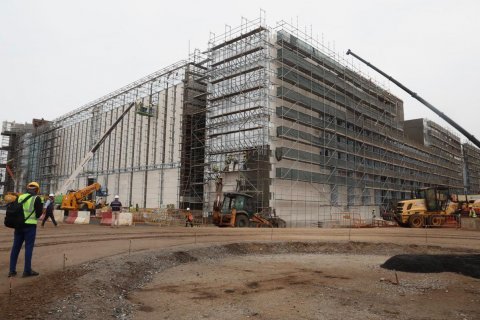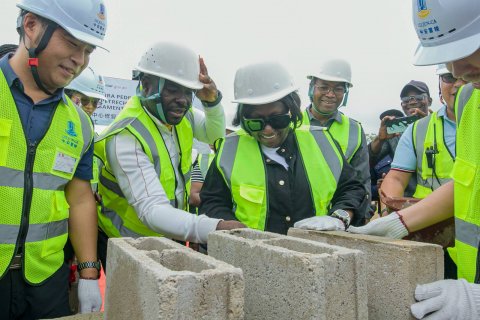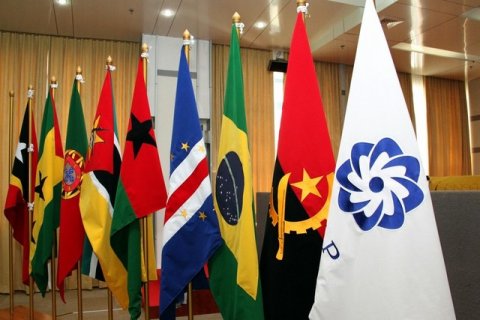"The big problem with Guinea worm is the lack of access to drinking water in the Namacunde region and in Cunene in general", said this Thursday the coordinator of the Neglected Tropical Diseases Program of the Ministry of Health, Cecília de Almeida.
According to the person responsible, who was speaking at the headquarters of the Government of the Province of Cunene during a working meeting with the vice-governor of the province, people in Namacunde continue to consume water from chimpacas (small water reservoirs).
"So, the consumption of water from chimpacas that have the worm or parasite causes people to be contaminated by the Guinea Worm, because it is necessary to drink this water and it is this water that the population of Namacunde and Cunene in general have been consuming" , he said.
Addressing the vice-governor of Cunene for the Infrastructure and Technical Services sector, António Gilberto Matias, who represented the governor of the province, doctor Cecília de Almeida warned that only the consumption of drinking water can stop the spread of the Guinea Virus (guinea worm) in that region.
Without drinking water, she maintained, "we will not be able to eradicate or even certify the country as free of the disease. For this reason we have a local team from the WHO [World Health Organization] supporting the actions."
Angola is one of six African countries experiencing an outbreak of Guinea Worm disease, with 32 confirmed cases recorded since 2018, the WHO announced. Chad, Ethiopia, South Sudan, Central African Republic and Cameroon are the other African countries that also report the disease.
The coordinator of the Neglected Tropical Diseases Program of the Ministry of Health accompanies the WHO delegation, led by the representative in Angola, which works with its partners in Cunene to eradicate the Guinea Worm, whose epicenter is the municipality of Namacunde.
For consistent and continuous action by the WHO in the region, Cecília de Almeida also highlighted the need for WHO technicians, deployed in the province, to have their own offices to carry out their work.
The province of Cunene has been ravaged by severe drought and consequent lack of water, a situation that affects thousands of citizens and animals, with the Government developing several actions, such as the construction of the Cafu Canal, to bring water to the most remote populations in the province.
Cunene has six municipalities, namely Namacunde, Cuvelai, Ombandja, Curoca, Cuanhama and Cahama.

